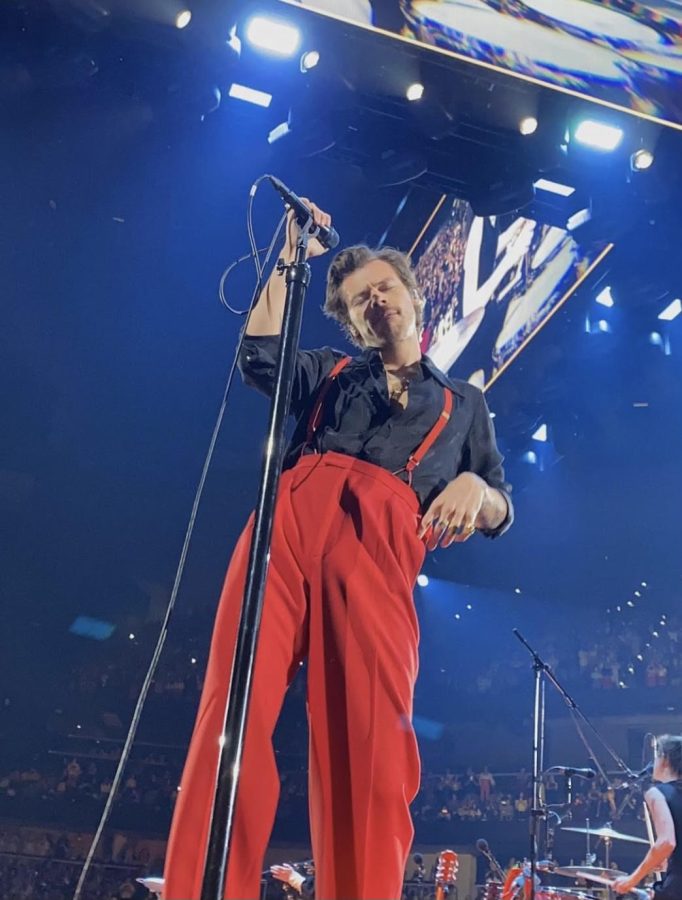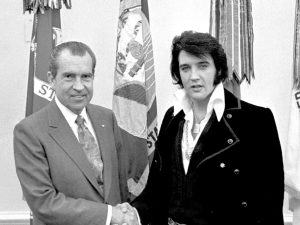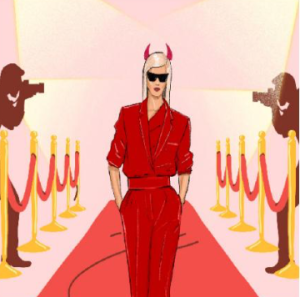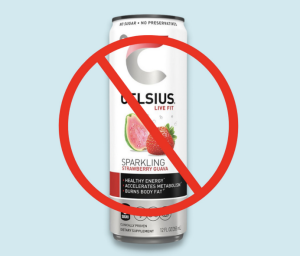Harry Styles is here to stay. Literally.
September 26, 2022
Harry Styles’ North America “Love On Tour” began on Aug 20th in New York City, and it will continue until Nov 15th. Styles will be performing 42 shows in just four cities: New York City, Austin, Chicago and Los Angeles.
Unlike his previous cross-country tours, Styles will be playing 15 nights in New York City, six nights in Austin, six nights in Chicago and 15 nights in Los Angeles.
Styles has an extremely loyal and dedicated following, and many of these fans have been following him for over 10 years. Emma O’Dell, junior mass communications major, has attended six Harry Styles concerts since 2017. She has attended four in Atlanta, one in Nashville and one in New York City.
“In his fanbase, it’s common for people to travel for his shows. He has a special connection with his audience,” O’Dell said. “He puts on fan interactive shows, and everyone feels like they can dress however they want. I think people want to experience this even if they have to travel for this experience.”
Maddie Conolon, senior public health major, attended a “Love On Tour” show in New York on Sept 3rd at Madison Square Garden.
“This is the first time I’ve ever traveled for a concert. If it wasn’t a Harry concert, I honestly wouldn’t have traveled so far for it,” Conolon said. “It’s a once-in-a-lifetime opportunity to see Harry Styles in Madison Square Garden.”
Although some fans are more than willing to travel for their favorite singer, others are disappointed that he is not playing in locations closer to them.
“When I first saw it, I was annoyed. I guess it makes sense because traveling and performing would be hard,” O’Dell said. “At the same time, if he can do 15 shows in such a short time, he could just travel around instead of doing them in one place.”
According to a poll conducted on Instagram, 38% of the 403 respondents stated that the farthest they would travel for a concert is one to three hours. However, 16% of respondents answered that they would be willing to travel more than nine hours for a show.
In 2011, Ticketmaster and Live Nation announced that their websites will use dynamic pricing. This increases ticket prices when the demand for tickets increases. The success of Styles’ newest album, “Harry’s House”, expanded his already large fanbase, and this rise in fame created a high demand for tickets to “Love On Tour” shows. Therefore, the dynamic pricing tool on ticket websites skyrocketed the price of these tickets. Many of Styles’ fans can not afford expensive concert tickets and travel expenses.
“I would want to go if he comes to Atlanta, but the tickets are so expensive,” said Allie Cole, junior nursing major. “Stadium concerts don’t feel personal enough to spend that kind of money on.”
All of the days sold out almost instantaneously. According to an article written by Billboard, the United States tour grossed $94.7 million dollars, and Styles sold 719,000 tickets.
“I tried to get tickets for this tour during the presale,” O’Dell said. “I actually had a really hard time getting tickets, and I normally pride myself on being good at that.”
Large artists’ tours not only bring in big profits for the artist and the city they take place in, but they also bring in jobs for the local communities. If residency tours in large cities become the standard for artists, fans of lower socioeconomic status will not be able to see their favorite artists in concert, and the economy of smaller cities could potentially suffer as well.







